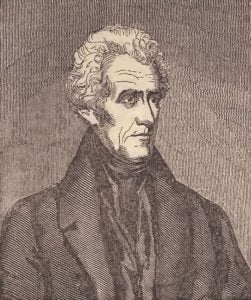The Tribes West of the Mississippi – Indian Wars
By treaties concluded by the agents of the United State government at different periods, nearly all of the Indian tribes have been induced to remove west of the Mississippi. Those who remain in the haunts of their fathers are chiefly converts to Christianity, and in a half civilized state. Many of the tribes have dwindled into insignificance, yet the few who remain are proud to maintain their distinctive appellation, and support the independence of their old clan. The most powerful and numerous tribes in the northwest are the Sioux, or Dacotahs, the Blackfeet, Crows, and Pawnees. A few of the … Read more






